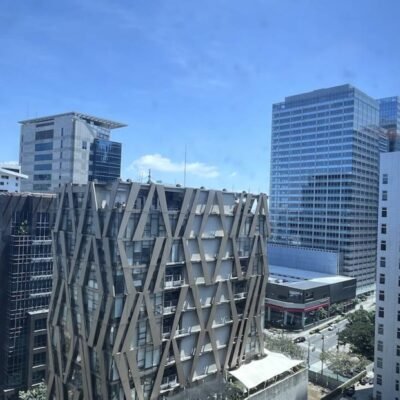Adam Craig built up his real-estate portfolio over the last decade-plus using the famous BRRRR strategy — an acronym for buy, rehab, rent, refinance, and repeat.
Investors who use the method buy worn-down properties, fix them up, put a tenant in them, have them reappraised for a higher value, pull cash out of the new equity they’ve created, and use that money to do the same to another property.
The strategy has paved the way for many investors to grow their wealth. Craig himself has a portfolio of 30 residential units and 90 commercial units, according to tax records viewed by Business Insider. But he has stopped using the strategy for residential properties and said it isn’t something he’d recommend for new investors.
Why new investors should avoid BRRRR
Regardless of the current market environment, Craig doesn’t think the BRRRR strategy is ever a good way for investors to start — especially if the property needs substantial improvements.
“Starting out with a major rehab or BRRRR, that’s quite the undertaking,” Craig said. “For a new investor that doesn’t know the ins and outs of the rehab, the risk level goes up because if you do run into some really expensive unforeseen issues you’re going to either lose money or leave money in the deal when it comes to refi.”
Some risks associated with BRRRR include not having enough money to finish a rehab, not finding a tenant on time, and being left on the hook for the mortgage payment in the meantime, and not being able to find a good contractor to finish the job on time.
There are market-specific risks to be aware of today, too, Craig said. One is that home prices have soared in recent years, and housing affordability has plummeted, meaning it’s tougher to find good deals than it was in the aftermath of the mid-2000s housing crisis when Craig started investing.
Here is the trajectory of home prices since 1987.
St. Louis Fed
And here is housing affordability over that time. Affordability remained fairly high until the last couple of years as home prices surged and mortgage rates skyrocketed.
Yardeni Research
“I would not be able to go into residential real estate with the same confidence as I did in like 2015,” Craig said. “Those deals I was getting back then are just so much harder to come by.”
Home foreclosures were also much more common then, Craig said, allowing investors more opportunities to scoop up deals.
ATTOM
Another risk to using the BRRRR strategy is that home prices are not rising as fast as they were over the last few years. Prices in many cities have even dropped. This puts the investor at risk of not getting as high of an appraisal as they want or need, Craig said.
“I think appraisals are being conservative because the market went up so high so fast,” he said.
Higher interest rates are also bad for the refinancing portion of the BRRRR strategy, as monthly payments on the loan will be more expensive than they would have been a couple of years ago.
3 approaches to use instead
Instead of the BRRRR, Craig recommended that new investors start off with one of a few easier options.
One is house hacking, which means renting out a portion of a property that one owns and lives in. This could mean renting out a basement or a bedroom.
Another move is to buy a turnkey property, which is one that is ready to rent out and live in upon its purchase. This takes the renovation work out of buying a new property. Inspections of the property are important, however, to make sure any further renovations won’t be needed after buying it.
Finally, new investors might consider buying a property that only needs a light renovation, Craig said. This way, risk is reduced in terms of the time it will take and money it will cost.





